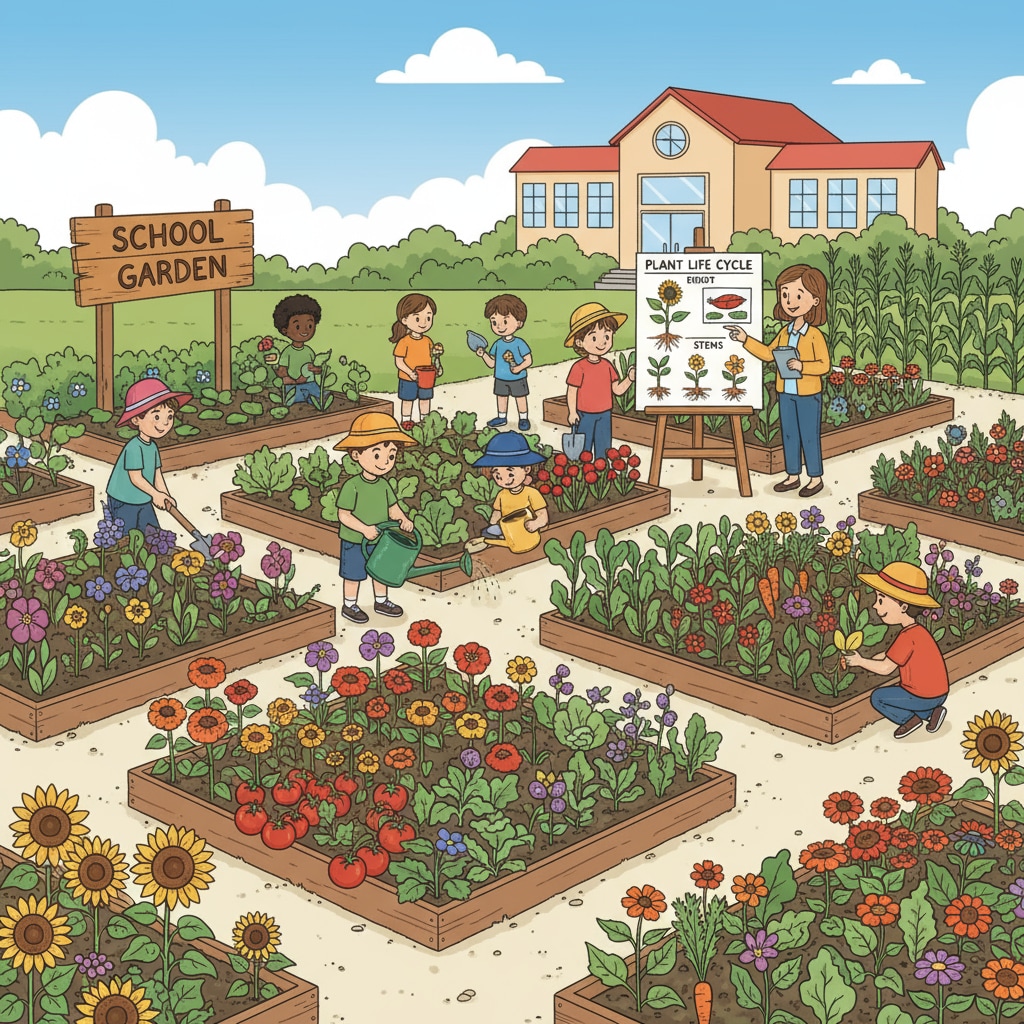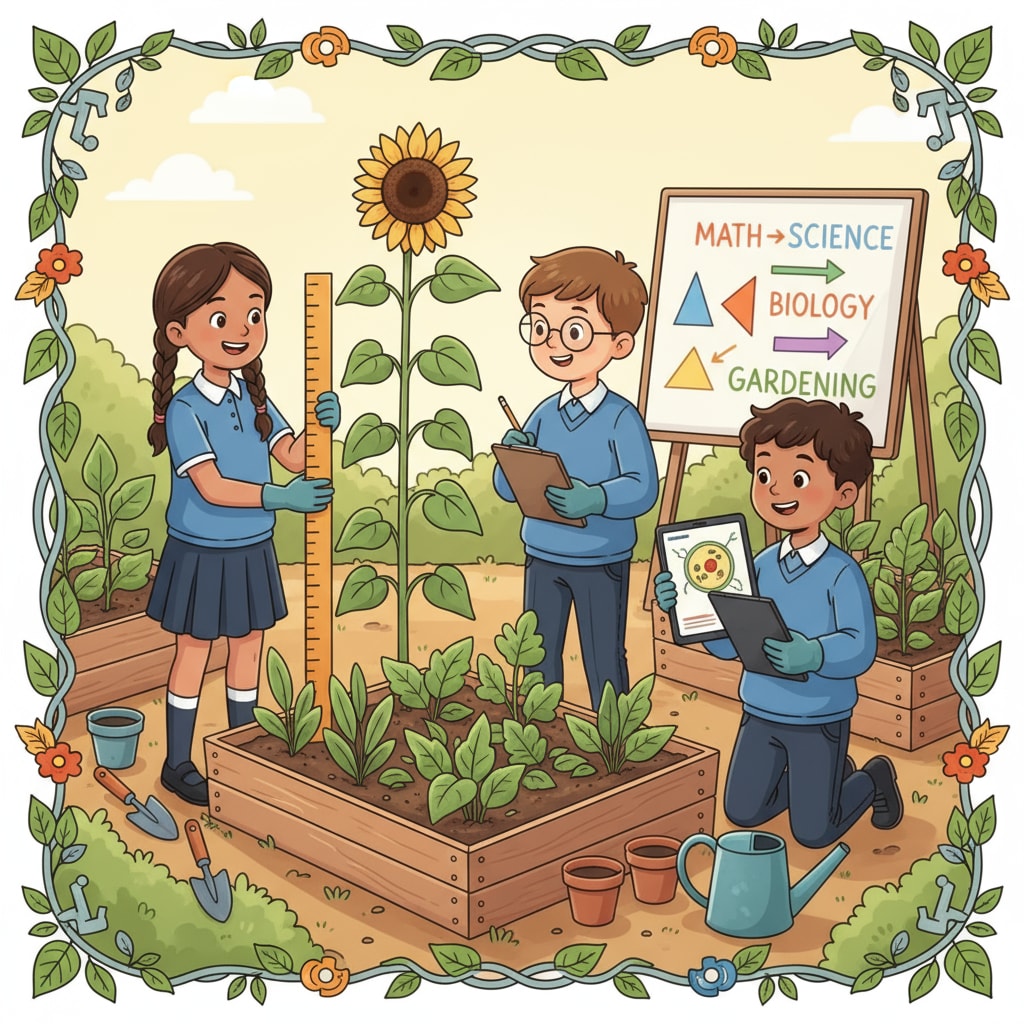School gardens, educational effects, and interdisciplinary learning are intertwined elements that are reshaping the landscape of K12 education. In modern educational settings, school gardens have emerged as a powerful teaching tool, offering a wealth of opportunities for students to learn and develop in multiple ways.

The Impact of School Gardens on Educational Effects
School gardens have a profound impact on educational effects. Firstly, they enhance academic performance. For example, in science classes, students can observe plant growth cycles firsthand, which deepens their understanding of biological concepts. This hands-on learning experience is more engaging than traditional textbook learning. As a result, students are more likely to retain knowledge. Additionally, school gardens contribute to the development of practical skills such as gardening techniques, which can be useful in real life. According to Edutopia’s research on garden-based learning, students who engage with school gardens show improved problem-solving abilities.
Interdisciplinary Learning in School Gardens
School gardens serve as an ideal platform for interdisciplinary learning. In language arts, students can write stories or poems inspired by the garden’s beauty. Math can be integrated when calculating the area of the garden beds or measuring the amount of water needed for plants. Social studies can also come into play as students learn about the history of gardening in different cultures.

This integration of multiple subjects helps students see the connections between different areas of knowledge, fostering a more comprehensive understanding of the world. As stated by the National Education Association’s report on learning outdoors, interdisciplinary learning in school gardens promotes critical thinking and creativity.
Moreover, school gardens play a crucial role in cultivating social-emotional skills. Working together in the garden encourages teamwork, communication, and cooperation among students. They learn to respect each other’s opinions and share responsibilities. In addition, being in a natural environment has a calming effect on students, reducing stress and anxiety. This positive environment is conducive to overall well-being and better learning outcomes.
In conclusion, school gardens are invaluable assets in K12 education. Their ability to enhance educational effects through interdisciplinary learning makes them a powerful tool for student development. By incorporating school gardens into the curriculum, educators can create a more engaging, well-rounded, and effective learning experience for students. Readability guidance: The use of short paragraphs and lists helps summarize key points. Each H2 section provides a clear focus. The proportion of passive voice and long sentences is controlled, and transition words are used throughout to enhance readability.


